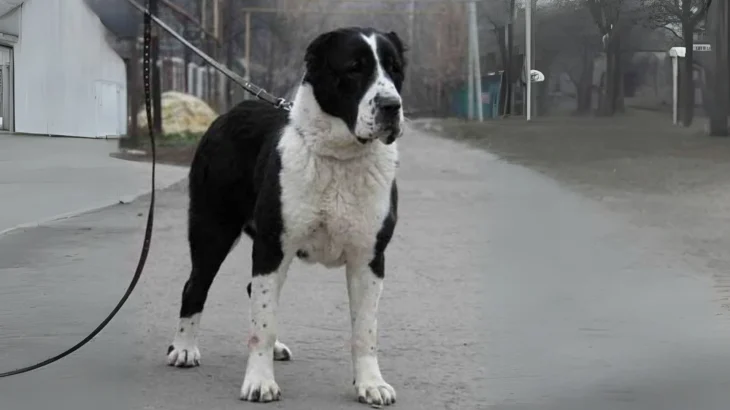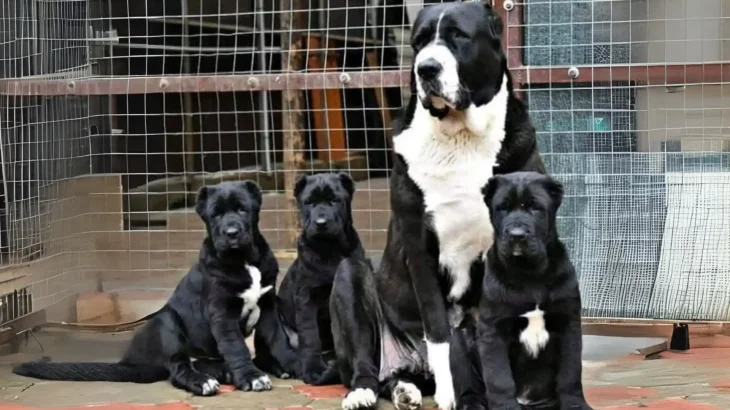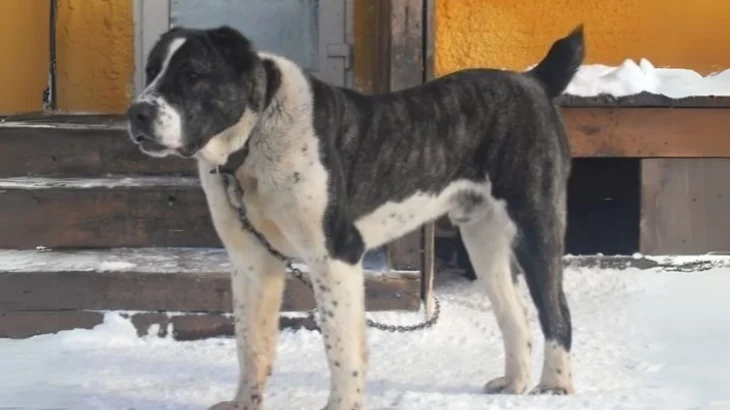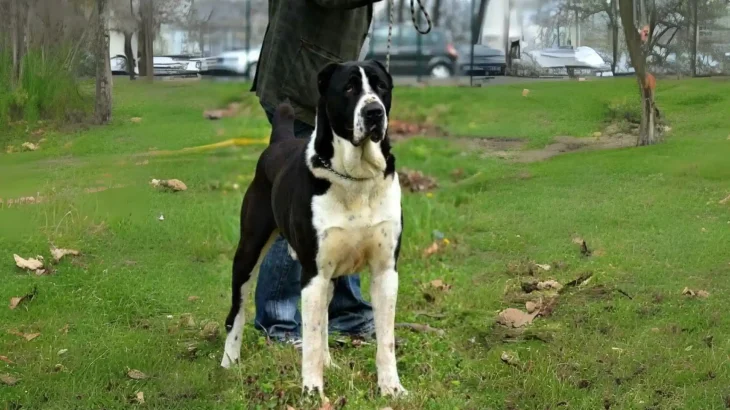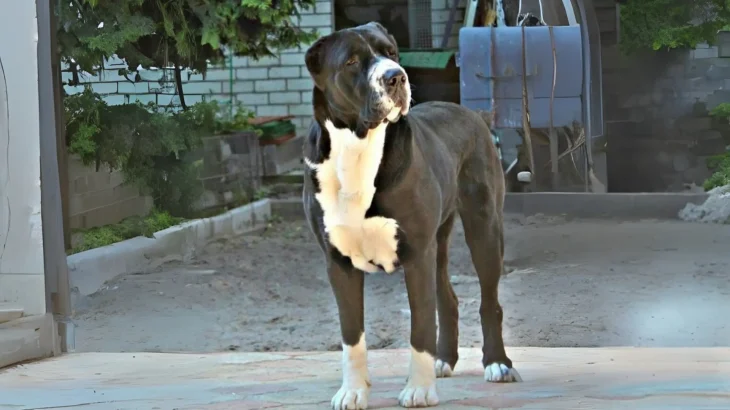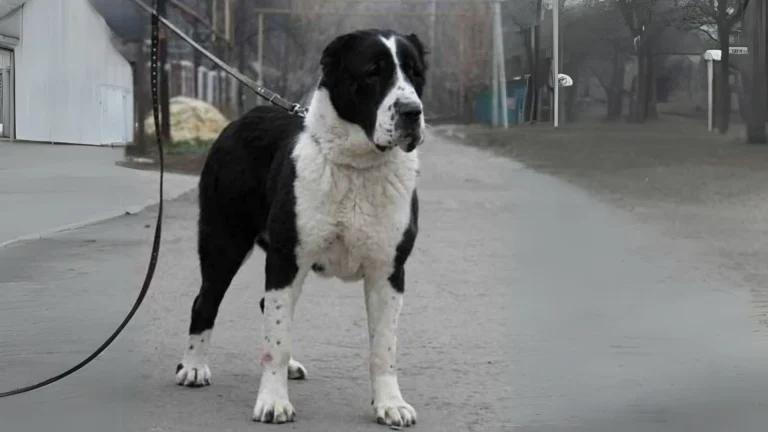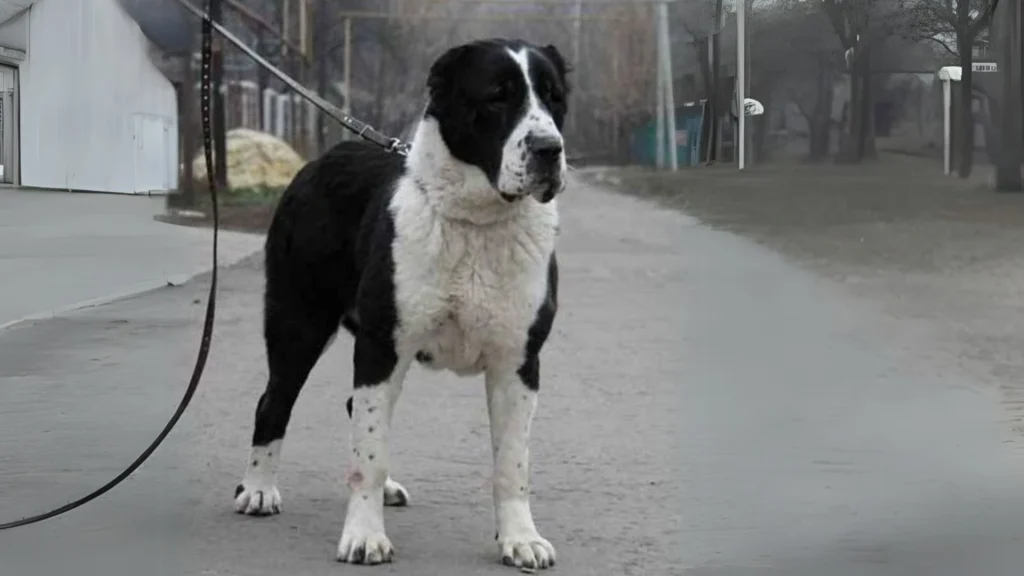When deciding whether to get a Dog breed Sage Mazandarani puppy, you can either adopt or purchase from a breeder. Each option has its perks and challenges, especially when considering factors like health transparency and ethical concerns specific to this breed.
Adoption vs. Breeder: Pros & Cons
| Criteria | Buying from Breeder | Adopting from Shelter/Rescue |
|---|---|---|
| Cost | Typically higher upfront cost due to breed rarity and breeder expenses. | Generally lower fees, but may have extra costs for health care or training. |
| Health History | Breeders often provide detailed genetic and health records specific to Sage Mazandarani lineage. | Health history may be limited or unknown; shelter health checks vary. |
| Age Availability | Mostly available as puppies, allowing early bonding and training. | Various ages available, including adults, offering adopter options. |
| Temperament Insight | Breeders usually know genetic temperament traits passed through the breed. | Shelters provide behavior observations but backgrounds can be uncertain. |
| Ethical Considerations | Important to ensure breeder follows responsible practices to avoid overbreeding and genetic issues. | Supports animal welfare by rescuing dogs and reducing shelter populations. |
| Breed Purity & Pedigree | Clear documentation available to confirm pure Sage Mazandarani lineage. | Uncertain breed purity; often mixed or undocumented backgrounds. |

